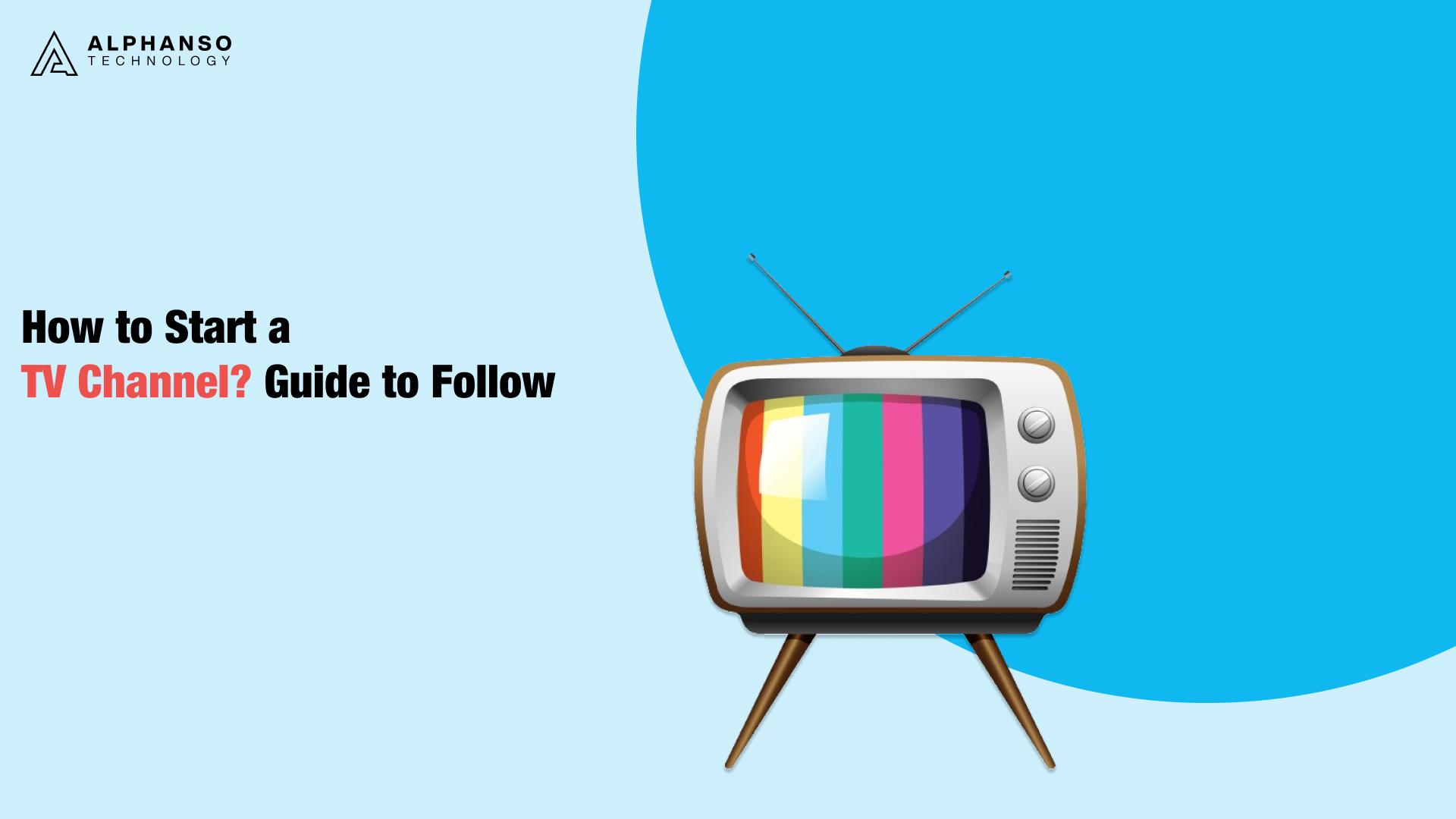Apollo Group Tv Things To Know Before You Buy
Apollo Group Tv Things To Know Before You Buy
Blog Article
Everything about Apollo Group Tv
Table of ContentsEverything about Apollo Group TvFacts About Apollo Group Tv RevealedExcitement About Apollo Group TvAbout Apollo Group Tv
In this scenario, as opposed to having three-minute commercial areas throughout a 30-minute tv program, television shows might transform to one where a consumer will be required to have a regular monthly registration, so that they cen view targeted banner advertisements. This sort of marketing currently takes place online, and the quantity of information tv firms accumulate allows them to do a lot the very same.Explain the major fads amongst the broadcasting and cable networks. Popular radio shows such as police dramatization Dragnet and western cowboy collection Gunsmoke were adapted for tv, and new TV shows were funded by single marketers, just as radio shows had actually been.
Today, the television sector is much more intricate. Programs are sponsored by multiple marketers; programming is regulated by major media conglomerates; and the 3 major networks no much longer dominate the airwaves yet instead share their visitors with various cable networks. Several aspects account for these fads within the industry, consisting of technological growths, government laws, and the development of brand-new networks.

See This Report on Apollo Group Tv
Also public television has actually ended up being subject to the influence of advertising and marketing. Developed in 1969, (PBS) developed out of a report by the Carnegie Payment on Educational Television, which examined the duty of academic, noncommercial tv on society. The record suggested that the federal government financing public television in order to give diversity of programs during the network eraa solution produced "not to sell items" yet to "enhance citizenship and civil service (McCauley, 2003)." Public tv was also meant to give universal access to tv for viewers in backwoods or viewers who might not manage to pay for exclusive television solutions.
The duration in between 1950 and 1970 is traditionally recognized as the. Apart from a small part of airtime regulated by public television, the three significant networks (referred to as the Big 3) controlled the tv sector, jointly making up greater than 95 percent of prime-time watching. In 1986, Rupert Murdoch, the head of international firm Information Corp, released the Fox network, testing the dominance of the Big Three.
Targeting young and minority target markets with programs such as Buffy the Vampire Killer, Moesha, Dawson's Creek, and The Wayans Bros., the brand-new networks wished to attract terminals far from their old network associations. Nevertheless, instead of duplicating the success of Fox, UPN and WB had a hard time to make an effect. Unable to bring in several associate terminals, the 2 recently established networks reached fewer households than their bigger competitors since they were impossible in some smaller cities.
This decision led the means for the advancement of cord motion picture channels, adding to the rapid growth of cable television in the 1980s and 1990s. apollo tv. More deregulation of cord in the 1984 Cable Television Communications Policy Act removed restrictions on cable prices, enabling drivers to charge what they wanted for cord solutions as long as there worked competition to the service (a standard that over 90 percent of all cable markets can fulfill)
The 9-Minute Rule for Apollo Group Tv

Having created the very first "superstation," Turner increased learn this here now his realm by establishing 24-hour information network CNN in 1980. At the end of the year, 28 nationwide programming solutions were offered, and the cord change had actually started. Over the following years, the sector underwent a period of fast development and appeal, and by 1994 viewers could select from 94 fundamental and 20 costs cord services.
Number 9 - https://gravatar.com/cheerfullyamphisbaena2058526857.16 Enhanced competition from cord networks has triggered a constant decline in the networks' audience scores. Throughout the 1950s, the cost of creating a single tv program increased as programs came to be longer and production costs skyrocketed. Sponsorship on network television moved from solitary sponsorship, in which a program was totally supported and produced by one advertiser, to several sponsorship, in which marketers got 1- or 2-minute places on the program
Each response ought to be a minimum of one paragraph. Select one of the Big Four networks and print out its once a week shows timetable. Watch the network's prime-time programs over the course of a week, noting the target market for each and every program. Observe the advertising sponsors that support each show and compare exactly how the product or services fit with the intended target market.
The 9-Minute Rule for Apollo Group Tv

Linear TV, usually referred to as traditional broadcast TV, incorporates cord and satellite television., think of it as the classic means of seeing Television that has been around for decades.
Report this page